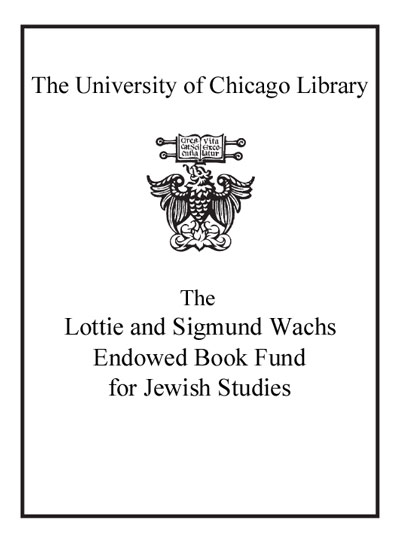Review by Choice Review
In the first half of this book, Roskies (Jewish Theological Seminary) and Diamant (NYU) classify Holocaust literature in four categories/periods. The authors divide the first, 1938-45, into two subcategories: writing from the "free zone" (US, Britain, Soviet Union, Mandatory Palestine), which warned of worldwide apathy toward Nazism, and writing of the "Jew-zone" (e.g., Poland), works valorizing resistance, songs of bereavement, diaries, ghetto reportage, and search for analogies in Hebraic history for the unfolding disaster. In the second period, 1945-60, "communal memory," writing concerns itself with liberation, eyewitness accounts, stories of heroes/martyrs, and sacred memories. "Provisional memory," 1960-85, is marked by stories using an array of literary devices, tales of survival, and exploration of the issue of responsibility for the Holocaust and its impact on children of survivors. The last, 1985-present, is "authorized memory": English became the main language of the Holocaust, eastern Europe became more accessible, and one finds the last stories of the survivors and their haunted children. The second half of the book offers helpful synopses of 100 Holocaust stories, arranged according to the four categories. This book should be especially useful for those trying to get an overview of the development of Holocaust literature. Summing Up: Recommended. Lower-division undergraduates through faculty. W. Lagerwey Elmhurst College
Copyright American Library Association, used with permission.
Review by Choice Review

